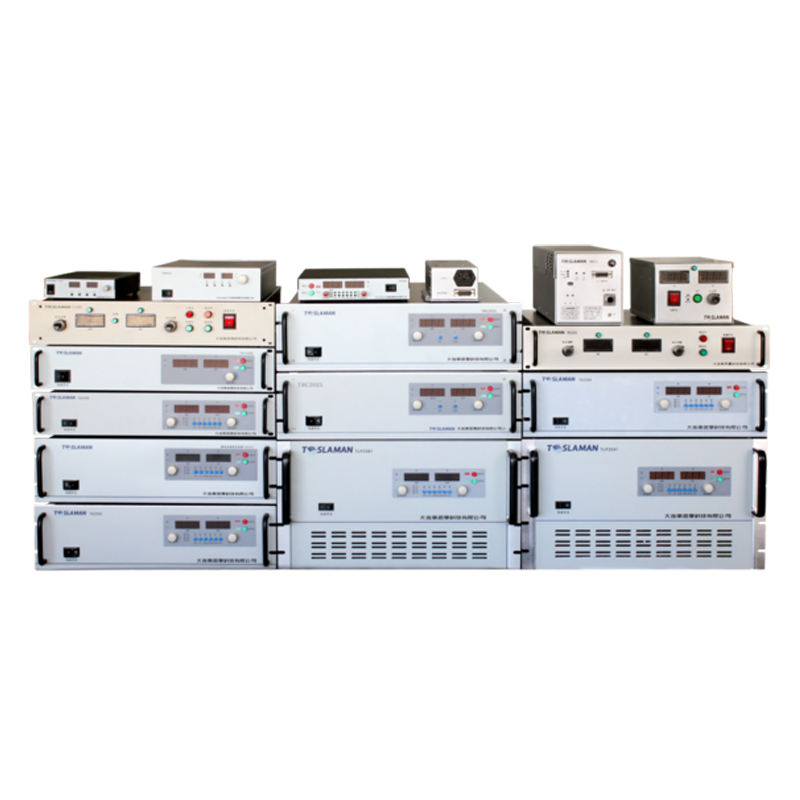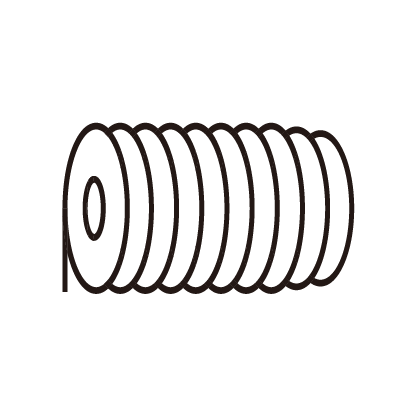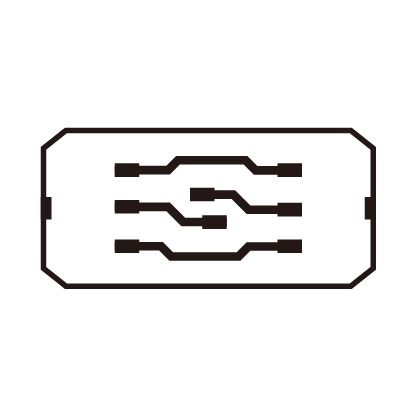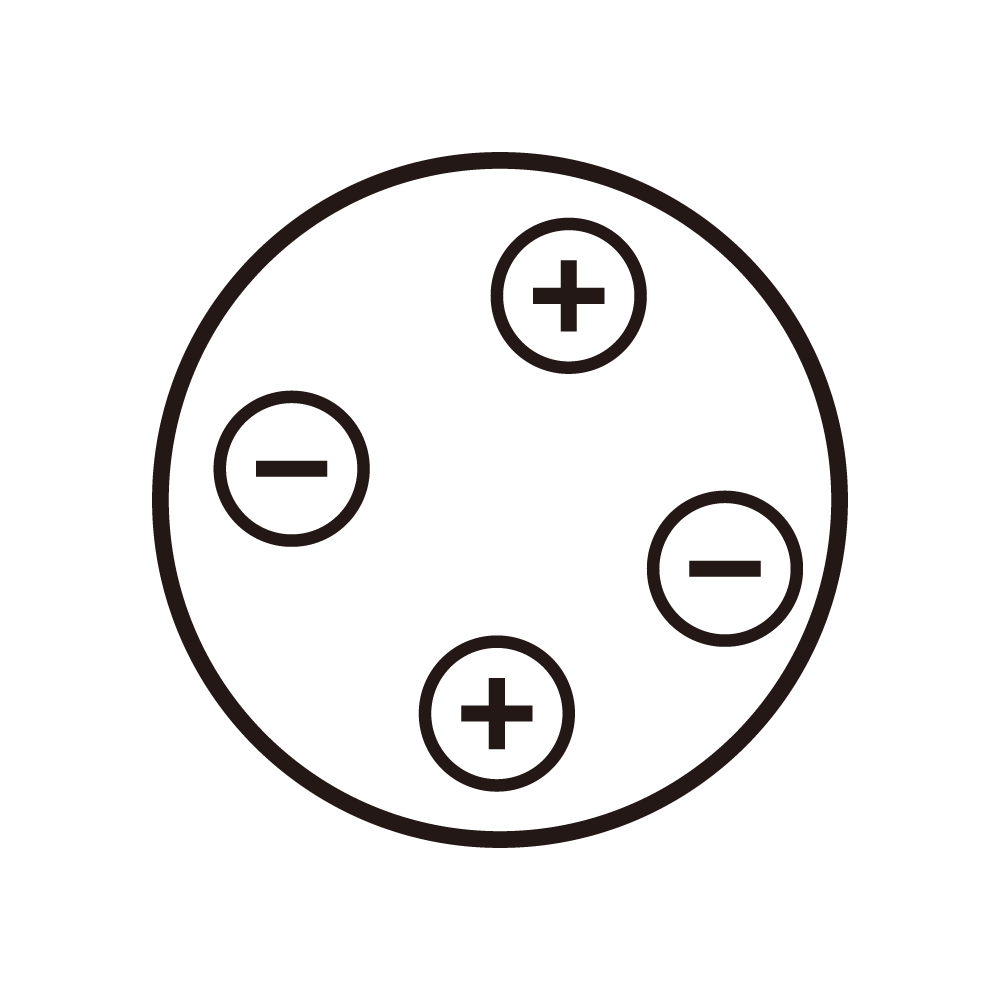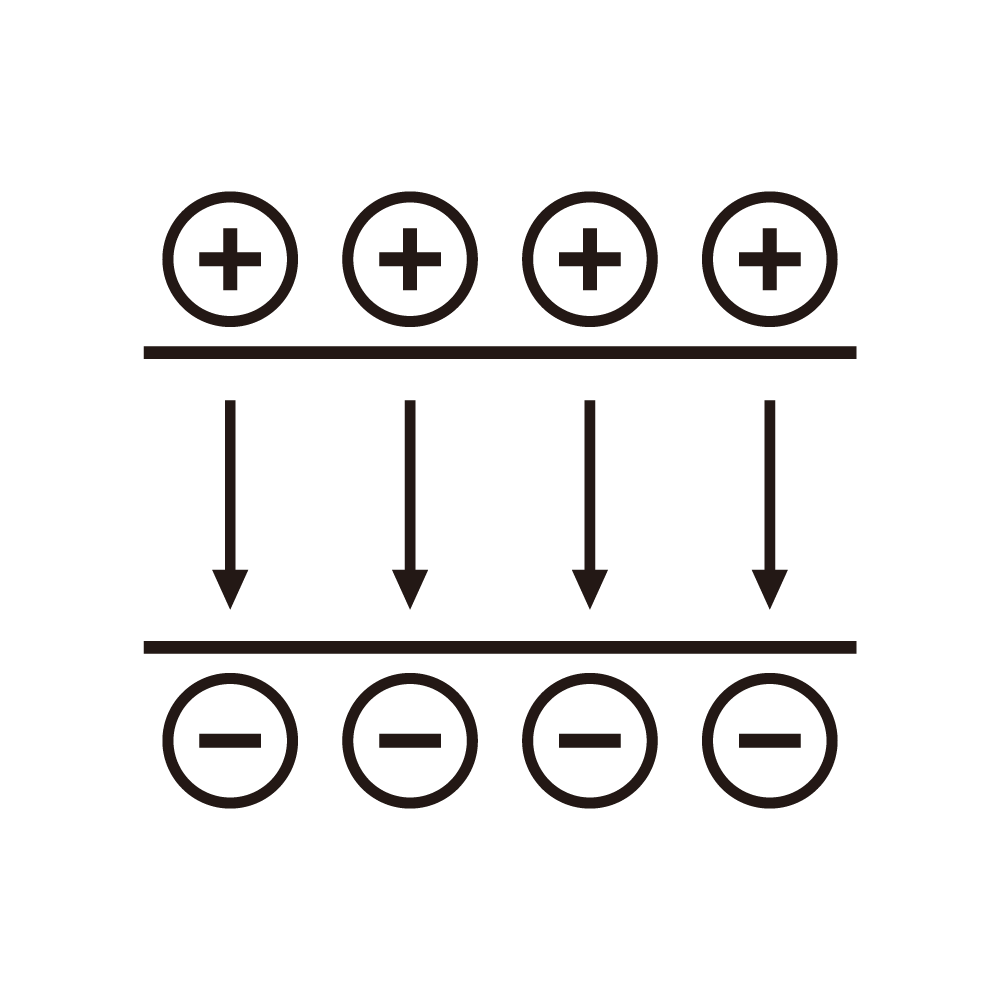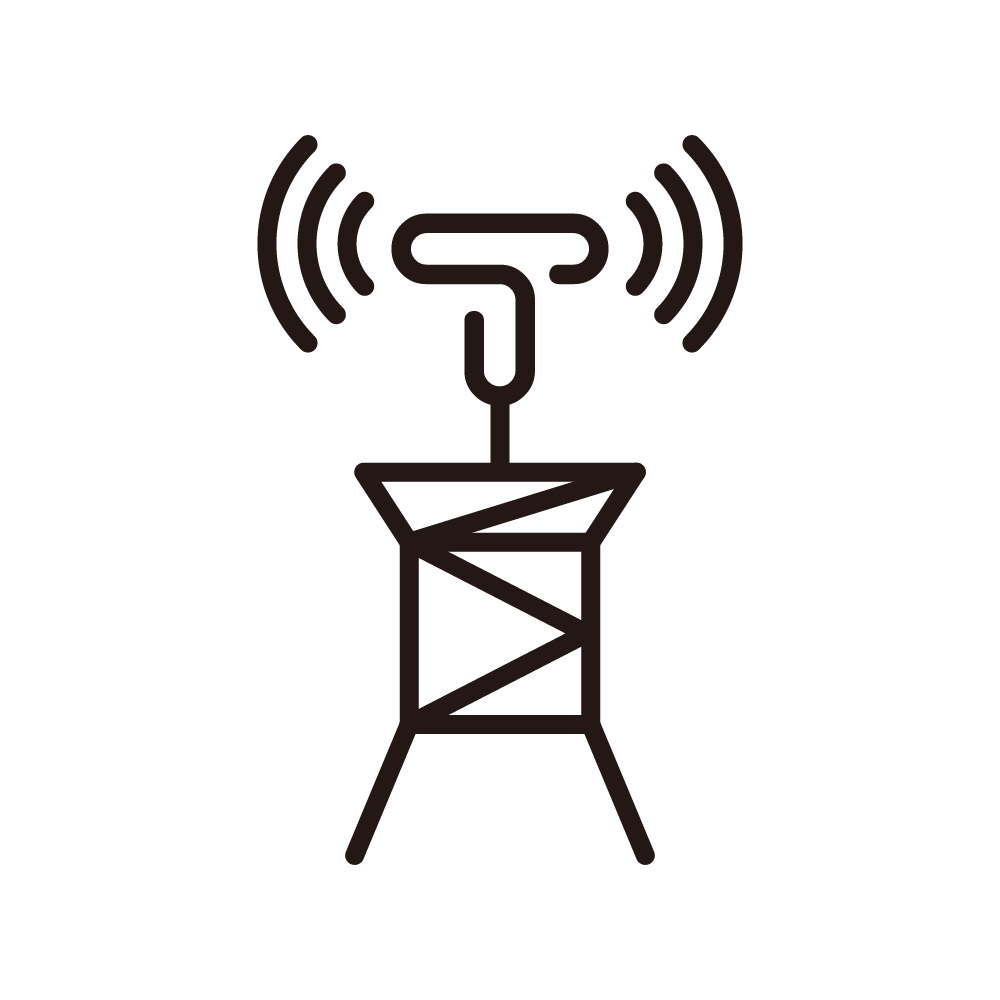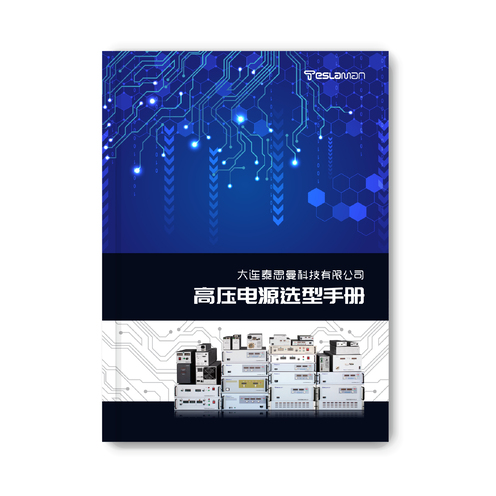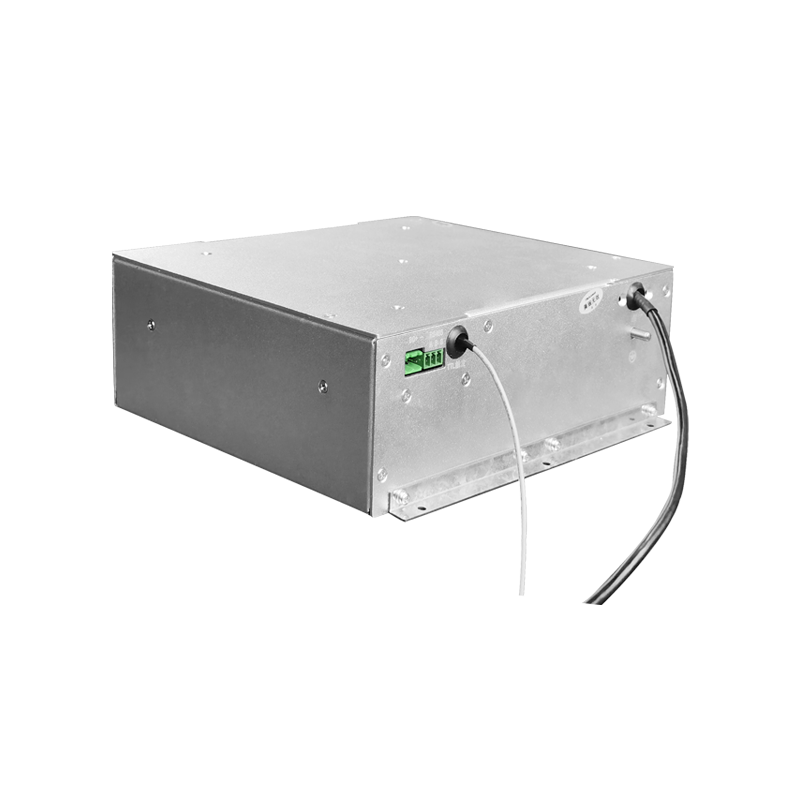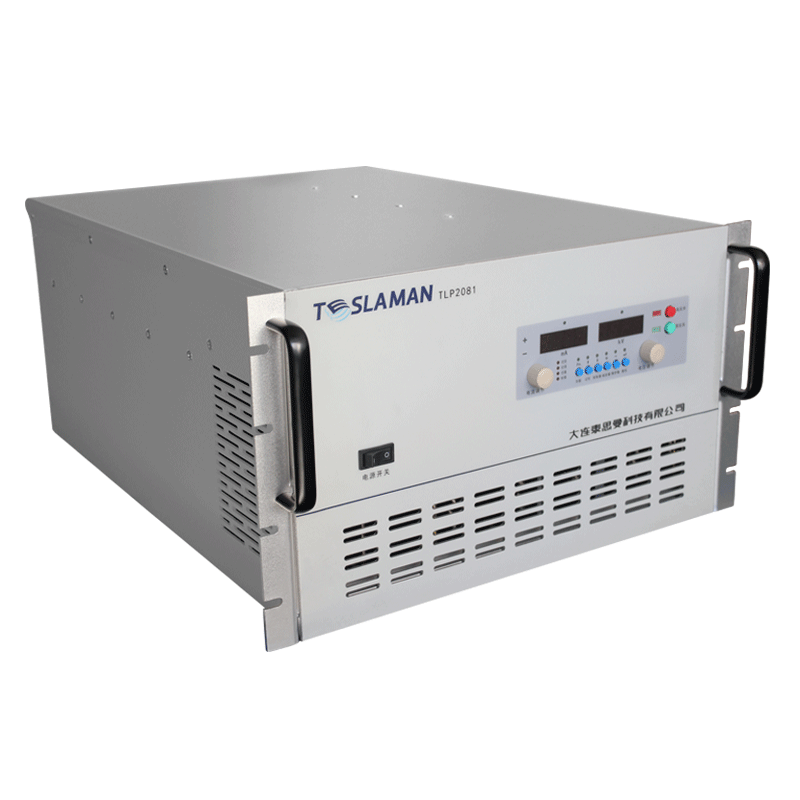Deep Control Technology of High Voltage Power Supply in Etching Processes
I. Introduction
In semiconductor manufacturing, plasma etching quality directly determines the microstructure formation of integrated circuits. As the energy core of etching equipment, the control precision of high-voltage power supply systems significantly impacts critical parameters including plasma density and ion energy distribution. This paper explores innovative applications of deep control technology in etching processes from a system dynamics perspective.
II. Technical Challenges and Requirements
1. Dynamic Response Characteristics
Etching processes require the power system to achieve 3000V-5000V step response within 1ms, with voltage fluctuation controlled within ±0.05%. Traditional analog control systems exhibit temperature drift (±0.1%/℃ typical) and electromagnetic interference sensitivity.
2. Multi-physics Coupling Effects
Nonlinear plasma load characteristics create time-varying impedance in the power-reactor system. Experimental data shows equivalent load impedance dynamically varies between 10kΩ-100kΩ during 300mm wafer processing, demanding real-time impedance matching capabilities.
3. Process Consistency Assurance
For 3D NAND structures exceeding 128 layers, power density fluctuation must remain below 0.3dB during 8-hour continuous operation, imposing stringent requirements on control algorithm robustness.
III. Deep Control System Architecture
1. Composite Feedback Structure
Three-loop cascade control strategy:
Inner loop (50kHz): FPGA-based PWM frequency modulation
Intermediate loop (10kHz): Load current feedforward compensation
Outer loop (1kHz): Plasma optical emission closed-loop correction
2. Adaptive Control Algorithm
Hybrid regulator combining PID responsiveness with fuzzy logic fault tolerance reduces breakdown latency from 120μs to 45μs in Ar/CF4 environments, improving power stabilization time by 40%.
3. Precision Waveform Modulation
Fourier-based waveform synthesis generates composite waveforms with specific harmonics. Configuring 15% second harmonic components effectively reduces sidewall roughness to 1.2nm RMS.
IV. Application Case Study
In deep silicon etching, MPC-controlled systems demonstrate:
Aspect ratio control: ±0.5° sidewall taper deviation at 300:1 aspect ratio
Selectivity optimization: SiO2/Si selectivity improvement from 30:1 to 150:1 via dynamic DC/RF ratio adjustment (0.5-2.0)
Fault diagnosis: Wavelet-based anomaly detection enables 300ms arc discharge prediction with <5μs protection response
V. Future Development Trends
1. Digital Twin Integration
Multiscale simulation models incorporating plasma chemistry enable virtual parameter tuning, potentially reducing process development cycles by 60%.
2. AI-Driven Control
Deep reinforcement learning strategies decrease etch rate variance by 38% when processing novel high-k dielectric materials.
3. Multi-energy Coordination
Hybrid control systems compatible with pulsed laser-assisted etching achieve nanosecond-level synchronization for spatiotemporal energy coupling.
VI. Conclusion
Deep control technology is redefining plasma etching capabilities. Through integration of advanced control theory, intelligent algorithms, and precision power electronics, next-generation systems achieve breakthroughs in process accuracy, stability, and adaptability, providing critical support for semiconductor manufacturing below 3nm nodes.
